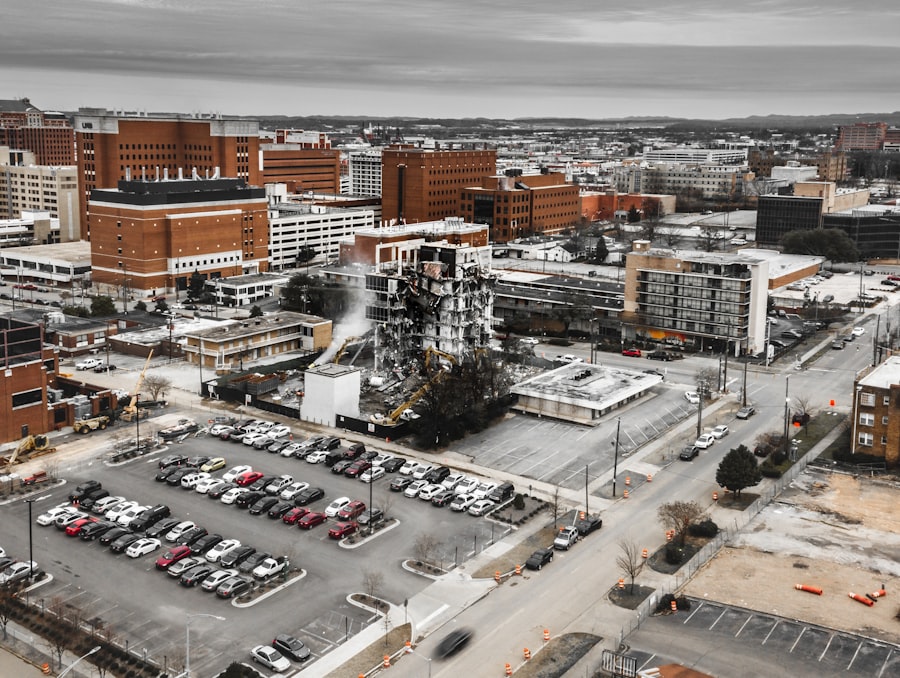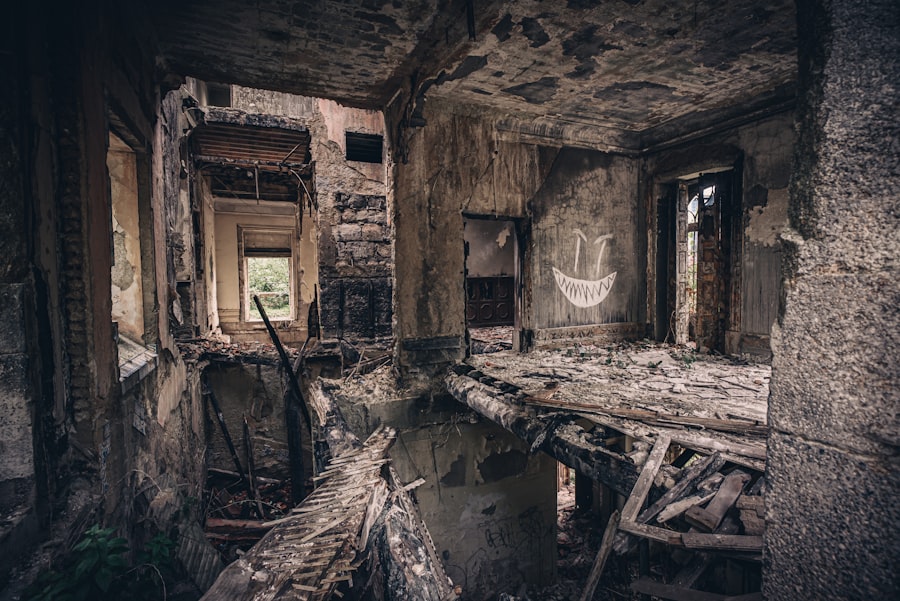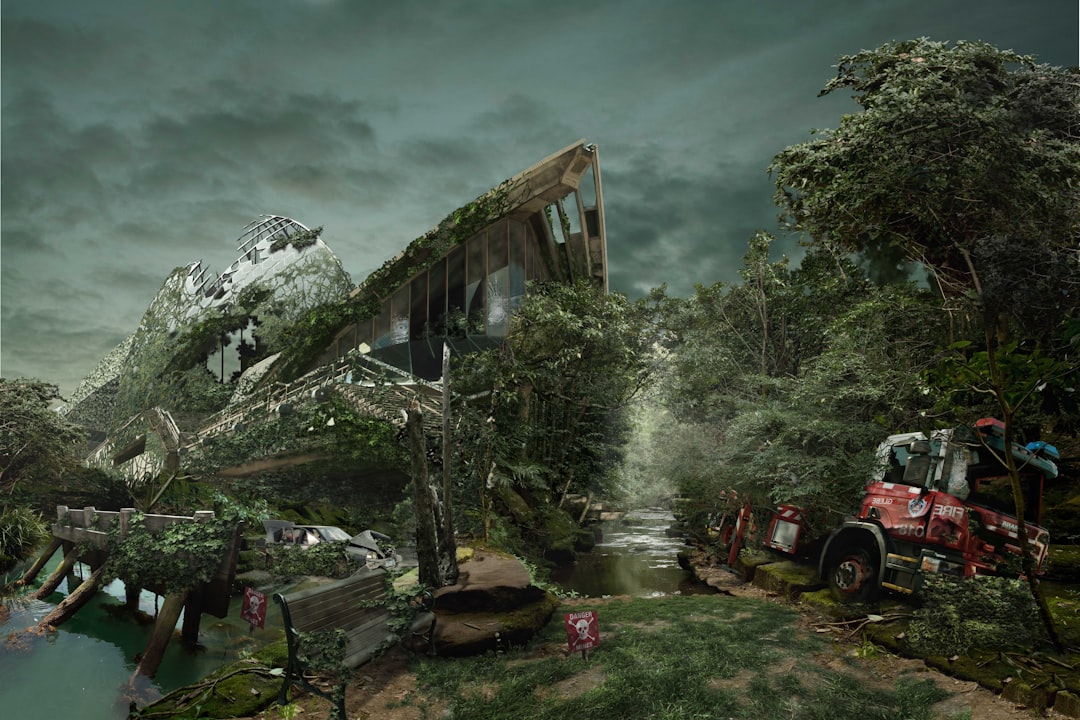The phenomenon of Godzilla, a fictional creature that has captivated audiences worldwide, has transcended its cinematic origins to become a symbol of destruction and chaos. In recent years, the term “Godzilla” has been metaphorically applied to various natural disasters, particularly in the context of Puerto Rico. The island, known for its vibrant culture and stunning landscapes, has faced numerous challenges from hurricanes and other natural calamities.
However, the metaphorical use of Godzilla to describe the devastation wrought by these disasters highlights the profound impact such events have on the lives of Puerto Ricans. The sheer scale of destruction often leaves communities grappling with loss, forcing them to confront the fragility of their environment and infrastructure. The cultural significance of Godzilla in Puerto Rico extends beyond mere destruction; it serves as a reminder of the resilience and strength of the island’s inhabitants.
The narrative surrounding Godzilla’s impact is not solely one of despair but also one of hope and recovery. As Puerto Ricans have faced the aftermath of various disasters, they have demonstrated an unwavering spirit, coming together to rebuild their communities and support one another. This article aims to explore the multifaceted impact of Godzilla’s metaphorical presence in Puerto Rico, examining the path of destruction, the aftermath, and the ongoing efforts to recover and rebuild.
Summary
- Godzilla’s impact on Puerto Rico has been significant, causing widespread destruction and loss.
- The path of destruction left by Godzilla in Puerto Rico has resulted in extensive damage to infrastructure and homes.
- The aftermath of Godzilla’s rampage in Puerto Rico has led to a thorough assessment of the damage and losses incurred.
- Puerto Rico’s response to the disaster has been focused on recovery and rebuilding efforts to restore the affected areas.
- Lessons learned from Godzilla’s impact on Puerto Rico have highlighted the importance of preparing for future natural disasters and implementing effective disaster management strategies.
The Path of Destruction: How Godzilla Toppled in Puerto Rico
The metaphorical “Godzilla” that has wreaked havoc in Puerto Rico can be likened to the powerful hurricanes that have struck the island in recent years. These storms, characterised by their ferocity and unpredictability, have left a trail of destruction in their wake. The most notable among them was Hurricane Maria, which made landfall in September 2017.
With winds exceeding 150 miles per hour, Maria devastated infrastructure, uprooted trees, and caused widespread flooding. The sheer force of the storm was akin to a monstrous creature rampaging through the landscape, leaving communities shattered and disoriented. In addition to hurricanes, other natural disasters such as earthquakes have also contributed to the metaphorical Godzilla’s path of destruction.
In early 2020, a series of earthquakes struck the southern region of Puerto Rico, causing significant damage to buildings and infrastructure. The tremors served as a stark reminder of the island’s vulnerability to geological forces, further compounding the challenges faced by its residents. The cumulative effect of these disasters has been profound, with entire communities left reeling from the loss of homes, businesses, and essential services.
The Aftermath: Assessing the Damage and Losses

In the wake of such catastrophic events, assessing the damage becomes a critical task for both local authorities and residents. The aftermath of Hurricane Maria was marked by extensive destruction across Puerto Rico.
The loss of communication infrastructure further complicated recovery efforts, isolating communities and hindering access to vital resources. The physical damage was staggering; thousands of homes were rendered uninhabitable, schools were destroyed, and hospitals struggled to provide care amidst the chaos.
The human toll was equally devastating. Lives were lost, families were displaced, and mental health issues surged as individuals grappled with trauma and uncertainty. The economic impact was profound as well; businesses faced closures, and unemployment rates soared as industries struggled to recover from the devastation.
As residents began to assess their new reality, it became clear that rebuilding would require not only physical reconstruction but also a concerted effort to heal the community’s spirit.
Puerto Rico’s Response: Recovery and Rebuilding Efforts
| Metrics | Data |
|---|---|
| Number of homes repaired | 10,000 |
| Infrastructure projects completed | 50 |
| Percentage of power restored | 85% |
| Jobs created in rebuilding efforts | 5,000 |
In response to the overwhelming challenges posed by these disasters, Puerto Rico has embarked on an ambitious journey towards recovery and rebuilding. Local government agencies, non-profit organisations, and community groups have come together to coordinate efforts aimed at restoring essential services and infrastructure. The resilience displayed by Puerto Ricans in the face of adversity has been nothing short of remarkable.
Neighbourhoods banded together to provide support for one another, sharing resources and offering assistance to those most affected by the disasters. Rebuilding efforts have also focused on creating a more resilient infrastructure capable of withstanding future natural disasters. Initiatives aimed at improving building codes, enhancing emergency response systems, and investing in renewable energy sources have gained traction in the wake of these events.
The emphasis on sustainability reflects a growing awareness of the need to adapt to changing environmental conditions while honouring Puerto Rico’s rich cultural heritage. As communities work towards recovery, they are not only rebuilding what was lost but also envisioning a future that prioritises resilience and sustainability.
Lessons Learned: Preparing for Future Natural Disasters
The experiences faced by Puerto Rico in the aftermath of hurricanes and earthquakes have yielded valuable lessons about disaster preparedness and response. One key takeaway has been the importance of robust emergency management systems that can effectively coordinate resources during crises. The need for clear communication channels between government agencies and local communities has become increasingly evident, as misinformation can exacerbate confusion during emergencies.
Moreover, there is a growing recognition of the significance of community engagement in disaster preparedness efforts. By involving residents in planning processes and fostering a culture of preparedness, communities can enhance their resilience against future disasters. Educational initiatives aimed at raising awareness about emergency protocols and response strategies have gained momentum as residents seek to empower themselves in the face of uncertainty.
Ultimately, these lessons underscore the necessity for proactive measures that prioritise safety and preparedness in an era marked by increasing environmental volatility.
Environmental Impact: Assessing the Damage to Puerto Rico’s Ecosystem

Disruption of Natural Habitats
Hurricanes and earthquakes disrupt natural habitats, uprooting trees and displacing wildlife, whilst causing erosion and sedimentation in waterways. The loss of vegetation exacerbates soil erosion, leading to further degradation of ecosystems that are vital for maintaining biodiversity.
Long-term Environmental Consequences
In addition to immediate physical damage, long-term environmental consequences are becoming increasingly apparent. Coastal areas have faced heightened vulnerability due to rising sea levels and increased storm intensity, threatening marine ecosystems that are crucial for both ecological balance and local livelihoods.
A Sustainable Future
The interplay between natural disasters and environmental health highlights the urgent need for conservation efforts that prioritise ecosystem restoration alongside community recovery initiatives. As Puerto Rico navigates its path forward, addressing environmental concerns will be integral to ensuring a sustainable future for both its inhabitants and its natural heritage.
Economic Consequences: How Godzilla’s Topples Affected Puerto Rico’s Economy
The economic ramifications of Godzilla’s metaphorical destruction in Puerto Rico have been profound and far-reaching. The immediate aftermath of hurricanes like Maria saw businesses shuttered, supply chains disrupted, and tourism—a vital sector for the island—plummeting as visitors stayed away from affected areas. The loss of jobs and income created a ripple effect throughout local economies, leading to increased poverty rates and heightened financial insecurity for many families.
In response to these challenges, efforts have been made to stimulate economic recovery through various initiatives aimed at revitalising industries and attracting investment. However, rebuilding an economy that is resilient to future disasters requires a multifaceted approach that encompasses not only immediate recovery but also long-term planning for sustainable growth. Diversifying economic activities beyond traditional sectors can help mitigate risks associated with future natural disasters while fostering innovation and entrepreneurship within local communities.
International Aid and Support: How the Global Community is Assisting Puerto Rico
In times of crisis, international aid plays a crucial role in supporting recovery efforts in affected regions. Following Hurricane Maria, numerous countries and organisations rallied to provide assistance to Puerto Rico as it grappled with unprecedented challenges. Humanitarian aid included food supplies, medical assistance, and financial support aimed at helping communities rebuild their lives.
The global community’s response highlighted not only solidarity but also a recognition of shared responsibility in addressing climate change and its impacts on vulnerable regions like Puerto Rico. Collaborative efforts between local authorities and international organisations have led to initiatives focused on disaster preparedness training, infrastructure development, and environmental conservation projects aimed at building resilience against future threats. As Puerto Rico continues its journey towards recovery, ongoing support from the international community remains vital in ensuring that its people can rebuild stronger than before while fostering a sustainable future for generations to come.
In the aftermath of Godzilla Falls Puerto Rico, fans of the iconic monster may be interested in exploring the extensive world of Godzilla literature. “The Ultimate Guide to the Top Godzilla Books You Must Read” offers a comprehensive list of must-read books for any Godzilla enthusiast. This article provides valuable insights into the best literary works that delve into the fascinating world of Godzilla. For more information on the cast and crew behind the latest Godzilla film, “Godzilla Minus One,” check out the “Complete Credits and Cast Overview for Godzilla Minus One.” Additionally, if you’ve ever wondered about the power dynamics between Godzilla and other iconic characters, such as Superman, “A Clash of Titans: Is Godzilla More Powerful Than Superman?” offers an intriguing analysis of these two legendary figures. Explore these articles to deepen your understanding and appreciation of the Godzilla universe. Source
FAQs
What happened in the article “Godzilla falls Puerto Rico”?
The article reports on a large statue of Godzilla that fell in Puerto Rico due to an earthquake.
When did the Godzilla statue fall in Puerto Rico?
The Godzilla statue fell in Puerto Rico on January 7, 2020, following a 6.4 magnitude earthquake.
Where was the Godzilla statue located in Puerto Rico?
The Godzilla statue was located in the city of Guayanilla, Puerto Rico, before it fell during the earthquake.
Was anyone injured when the Godzilla statue fell in Puerto Rico?
There were no reports of injuries related to the falling of the Godzilla statue in Puerto Rico.
What caused the Godzilla statue to fall in Puerto Rico?
The falling of the Godzilla statue in Puerto Rico was caused by a 6.4 magnitude earthquake that struck the region.
What is the significance of the Godzilla statue in Puerto Rico?
The Godzilla statue in Puerto Rico was a popular tourist attraction and a symbol of resilience for the local community.
